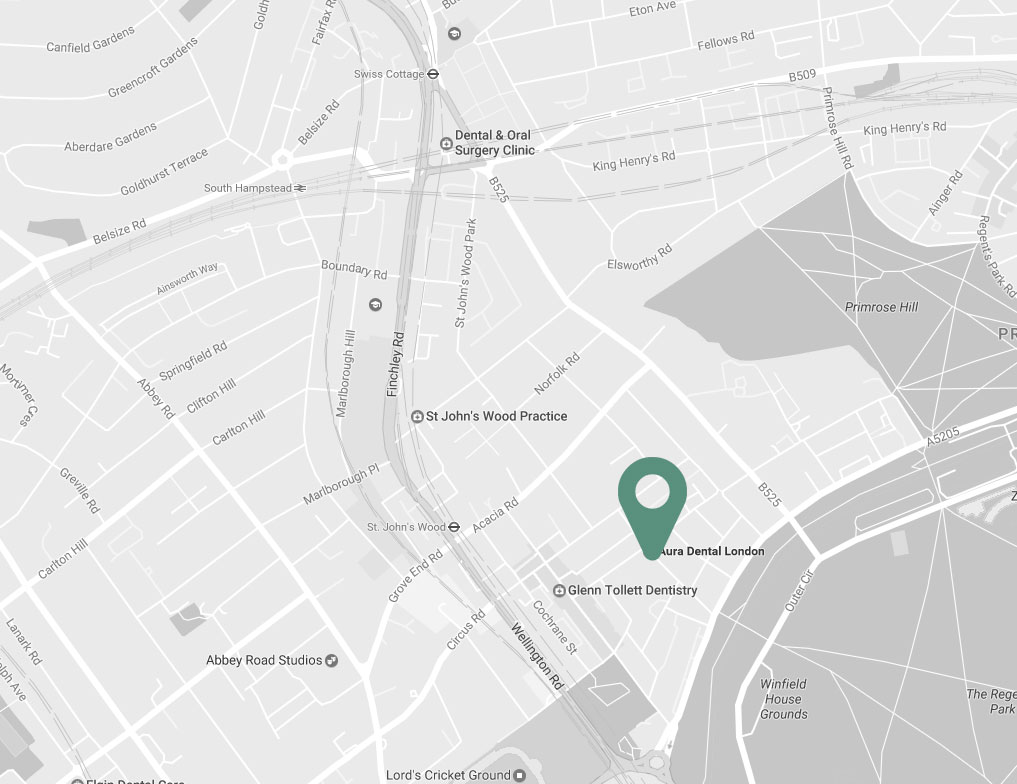As it is ‘Raynaud’s Awareness Month’, it is an opportunity to create greater understanding and awareness of the condition and its impact, as well as techniques for better management of the condition.
Raynaud’s syndrome occurs when there is an interruption of blood flow to mainly finger and toes (also ears and nose), when exposed to cold or emotional stress, due to narrowing of the blood vessels. Typically, the affected area turns white, blue, then bright red over the course of the attack, which may last from minutes to hours. It often comes with tingling, swelling and pain. Women are nine times more likely to get the condition. Raynaud’s can range from mild to severe (autoimmune). The root cause can be an underactive thyroid, while common risk factors are smoking, cancer drugs and cold medications.
If you suspect you have Raynaud’s disease, you need to get examined by a doctor, who will perform nailfold capillaroscopy, to distinguish between primary and secondary Raynaud’s. If an underlying disease is suspected, such as autoimmune or connective tissue disease, you may need to do several blood tests (such as antibodies and ESR). It is important to highlight, that there is no single blood test to diagnose Raynaud’s, it is rather a disease of exclusion.
Some of the most common medications used to manage Raynaud’s syndrome are calcium channel blockers (e.g. Nifedipine), however, these do not come without side effects, most commonly headaches, flushing, dizziness, reflex tachycardia, peripheral oedema). Finding the root cause of the disease, and addressing it naturally, can have more sustainable results.
The best strategies to avoid symptoms are to protect yourself from cold (hand, foot warmers/heat packs), exercise to increase circulation (30min walking or even TaiChi!). Massage and hydrotherapy can also greatly help to improve circulation. Meditation and yoga can also help to decrease adrenaline levels (stress) that narrow your blood vessels. Biofeedback is another technique, you can train yourself to increase blood supply to the extremities.
Avoid caffeine which can make things worse, by constricting your blood vessels. Add in omega 3s to improve your circulation – plenty of oily fish, walnuts, chia and flaxseeds and a quality fish oil supplement. Eat plenty of spices like ginger, garlic, cayenne, chilli and dark chocolate/cocoa powder to boost circulation. Green tea dilates the arteries and coconut oil improves artery inflammation. Top up your magnesium (spinach, avocado, pumpkin seeds, almonds) levels too, to relax blood vessels. Increase your vitamin C intake by eating more raw fruit and vegetables. The antioxidant rutin protects your blood vessels so it’s worth adding in foods like apples (with peel) and buckwheat products.
Increase your hydration and drink herbal teas throughout the day (e.g Yogi or PUKKA teas, or even make your own), with warming spices like cinnamon, cardamom, turmeric, ginger, cocoa and chilli.
As far as supplements are concerned, if you are very deficient in magnesium, you may need to take a quality supplement. A “clean” fish oil (or vegan omega 3) could also greatly improve the condition if you feel you are not getting enough essential oils from your diet.
DiGiacomo RA, e. (2018). Fish-oil dietary supplementation in patients with Raynaud’s phenomenon: a double-blind, controlled, prospective study. – PubMed – NCBI. [online] Ncbi.nlm.nih.gov. Available at: https://www.ncbi.nlm.nih.gov/pubmed/2536517 [Accessed 15 Feb. 2018].
Foodsforliving.com. (2018). Raynaud’s disease – Foods For Living. [online] Available at: http://www.foodsforliving.com/ns/DisplayMonograph.asp?StoreID=f491b142fa784f2cbdf1e053a643a6a7&DocID=condition-raynauds [Accessed 15 Feb. 2018].
The Raynaud’s Association. (2018). Nutrition’s Effect on Raynaud’s Disease – The Raynaud’s Association. [online] Available at: https://www.raynauds.org/2010/10/03/nutitions-effect-on-raynauds-disease/ [Accessed 15 Feb. 2018].
University of Maryland Medical Center. (2018). Raynaud’s phenomenon. [online] Available at: https://www.umm.edu/health/medical/altmed/condition/raynauds-phenomenon [Accessed 15 Feb. 2018].
What Doctors Don’t Tell You. (2018). Hrt is causing raynaud’s, study discovers. [online] Available at: https://www.wddty.com/news/1998/11/hrt-is-causing-raynauds-study-discovers.html [Accessed 15 Feb. 2018].


| Charlbert St, St John’s Wood London NW8 7BT |
|
| +30 6977 2099 88 | |
| info@naturopathy-med.com |